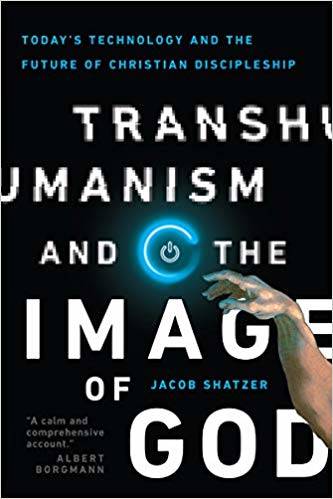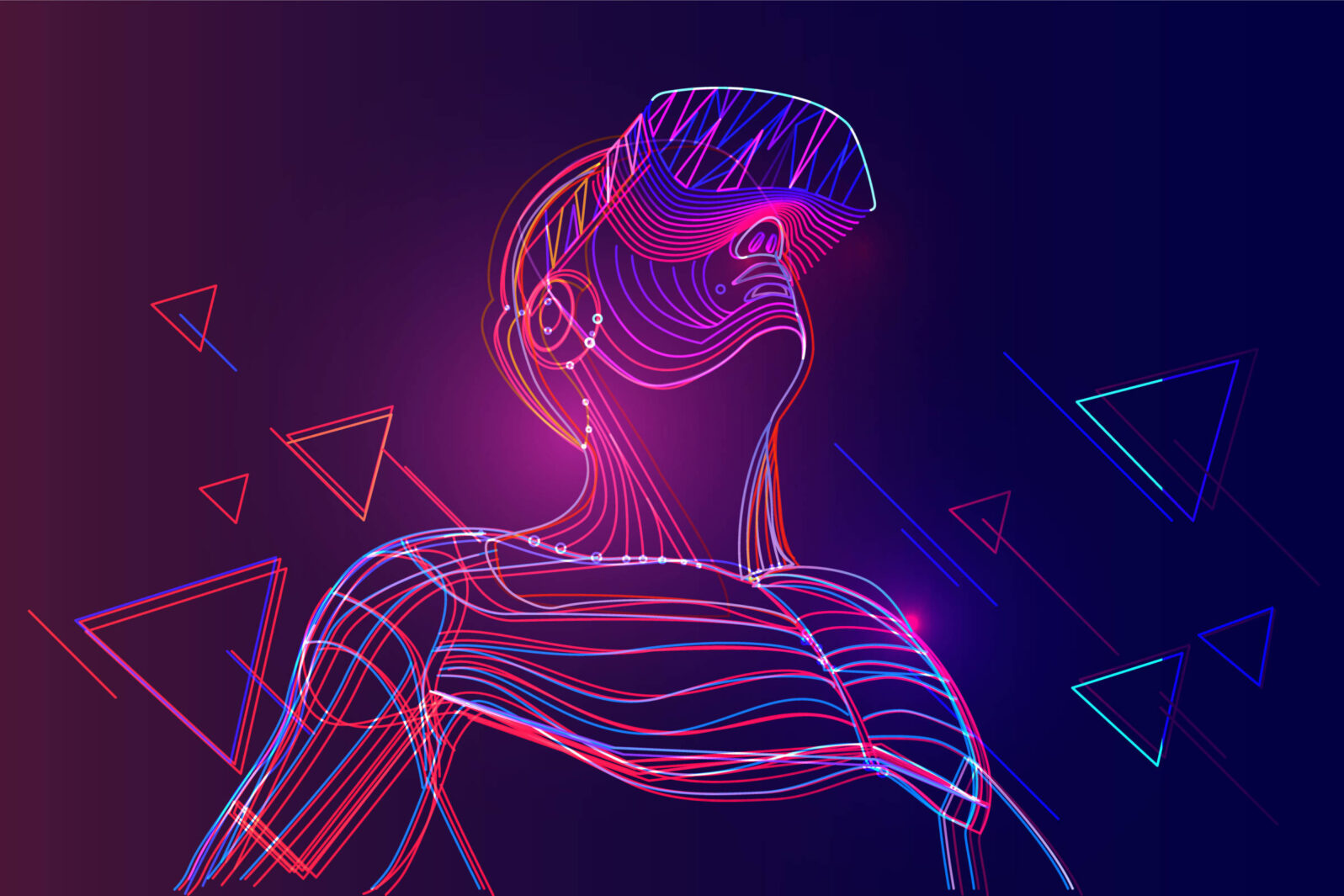Is Transhumanism Uncomfortably Tempting?
An ethicist asks us to stop and reflect
Last year, ethicist Jacob Schatzer wrote both an essay and a book on how people may, without realizing it, be adjusting to the idea of becoming part machine—or anyway, we won’t much mind if we are treated that way. The book is Transhumanism and the Image of God: Today’s Technology and the Future of Christian Discipleship (IVP April 2019).
He identifies three issues in the essay, “The Allure of Transhumanism,” that might prompt some queasy recognitions in all of us, at times:
First, there is the notion that we have the right to self-creation, to recreate ourselves in a manner we imagine, rather than learning to make the best of our natural selves. It’s hardly a new idea but new technology has enabled many more of us to take it all much further than our daydreams:
The right of self-creation is fundamentally a product of Enlightenment individualism, but our immersion in digital technology has given us many more opportunities to indulge this fantasy that we are the makers of ourselves. An obvious example is virtual reality. Popular versions such as Second Life start by giving you the chance to choose your form: What are you going to look like? Take your pick. On another level, social media work this way, encouraging us to broadcast chosen parts of ourselves in selected ways. It isn’t much of a stretch to think you can modify your physical body in any way you see fit.
Jacob Schatzer, “New Year, New You? The Allure of Transhumanism” at Gospel Coalition (January 8, 2019)

Our carefully crafted social media personality may not find anyone on Twitter, Facebook, or Instagram who cares very much. Worse, if we are obsessed with Likes and Followers, we may not even notice appreciation in our actual environment and real relationships may fade as a result.
Then there is augmented reality:
For transhumanists, augmented reality is a way to pursue life expansion via cybernetics, merging human and machine. It can happen with minimal integration—looking through special glasses or a smartphone—but it expands far beyond. Laura Beloff uses the term “hybronaut” for the person living in augmented reality, with body-embedded and artificially controlled elements enabling different interactions with the environment. This state can be achieved in various ways, but the results are similar: The person’s world is changed, and their behavior is, too.
Jacob Schatzer, “New Year, New You? The Allure of Transhumanism” at Gospel Coalition (January 8, 2019)
Some seem to believe that augmented reality is just plain our future:
With each step forward in the digital revolution, “The Matrix” becomes less like fiction and more like reality. That’s in part because hardware engineers and software developers continue to refine their augmented reality technologies, making the line between real and virtual life ever blurrier, no matter how much Keanu Reeves squints in an effort to differentiate the two. Augmented reality (AR), it seems, may soon be the true reality for us all.
Augmented reality is the blending of interactive digital elements – like dazzling visual overlays, buzzy haptic feedback, or other sensory projections – into our real-world environments…
The possibilities of AR tech are limitless. The only uncertainty is how smoothly, and quickly, developers will integrate these capabilities into devices that we’ll use on a daily basis.
Kevin Bonsor & Nathan Chandler , “How Augmented Reality Works” at HowStuffWorks
To the extent that augmented reality would interfere with observing unaugmented (= unvarnished) reality, we should certainly expect behavior to change. But how likely is that change to be for the better? If we choose everything we see, how are our perceptions not a form of insanity? The situation would, of course, benefit those who think they could run the world more efficiently without input from the rest of us.
The third area Schatzer addresses is uploading one’s mind to virtual reality, which many transhumanists see as a way of achieving immortality:
Transhumanists disagree on how mind uploading might be achieved. Some point out the difficulty of moving consciousness to a computer: While we might one day be able to transfer all data from a biological brain to a computer, how would we have more than a copy at that point? How would consciousness transfer and become immortal?
Jacob Schatzer, “New Year, New You? The Allure of Transhumanism” at Gospel Coalition (January 8, 2019)
Actually it wouldn’t be possible. Computers cannot, by their very nature, capture actual human thought, as Jonathan Bartlett explains. Bigger and more sophisticated computers won’t change that. But people attracted to transhumanism may stunt themselves by forgetting their present while pursuing a future that cannot exist.
Is transhumanism a 21st century nightmare? Not if we wake up. Let’s appreciate other human beings more. With all their faults, they are not transhuman. At bottom, they’re like us.
Further reading on transhumanism:
AI Hype Countdown #5: Transhumanism never grows old The idea that we can upload our brains to computers to avoid death shows a fundamental misunderstanding of the differences between types of thinking (Jonathan Bartlett) “Computers, to take an example, are very effective in their own sphere of causation but they operate with a very limited set of causal abilities. Humans work from an entirely different set of causal abilities.”
Transhumanism—Is it a dangerous idea? Some Silicon Valley greats hope to merge with machines to live forever. But what then?
Will we become mere apps of our smart computers?
Is Ray Kurzweil’s Singularity now nearer—or impossible? In response to Kurzweil’s talk at the COSM Technology Summit, panelists noted that AI achievements are revolutionary in size but limited by their nature in scope
Tech pioneer Ray Kurzweil: We will merge with computers by 2045 For computers, “Even the very best human is just another notch to pass,” he told the COSM Technology Summit
What if technology caused some people to live forever? What would it mean for them and for the rest of us? The authors also warn, “We can be pretty certain, for instance, that rejuvenation would widen the gap between the rich and poor, and would eventually force us to make decisive calls about resource use, whether to limit the rate of growth of the population, and so forth.”
and
But could techno-immortality ever be the real thing? Oxford mathematician John Lennox looks at Ray Kurzweil’s techno-immortality from a Christian perspective
